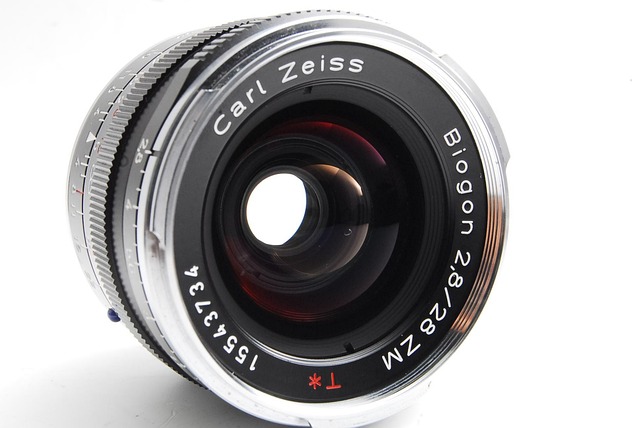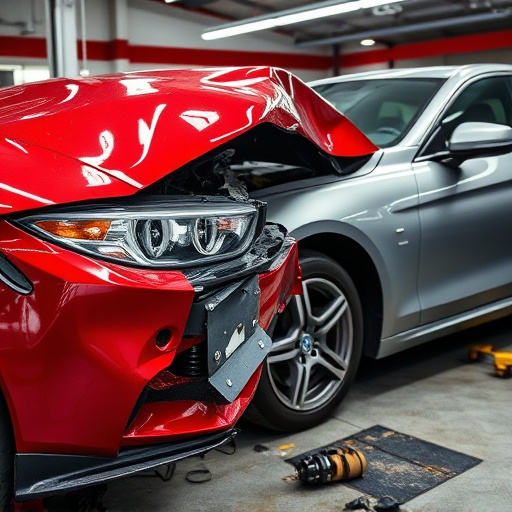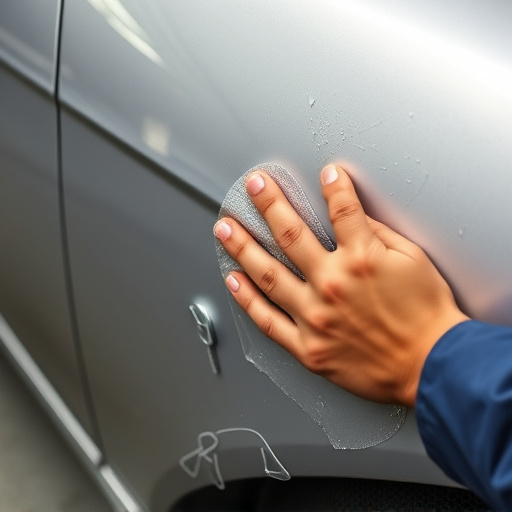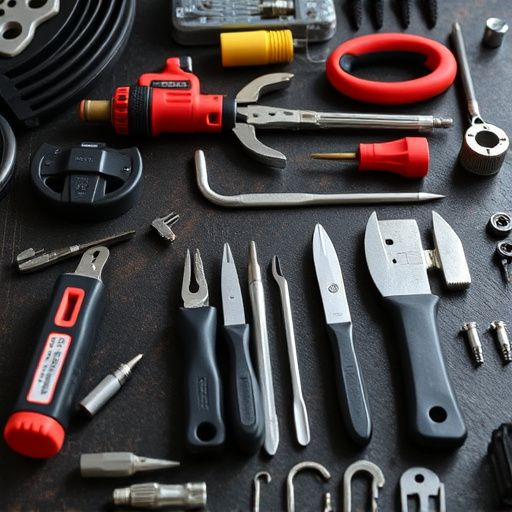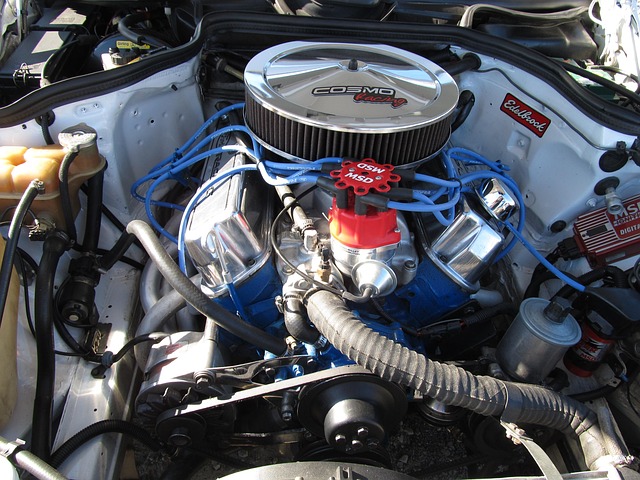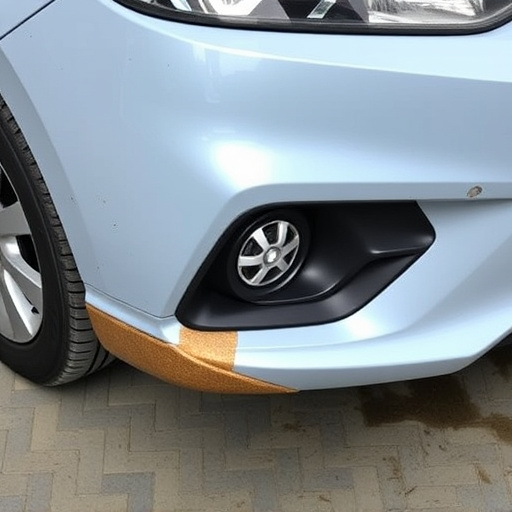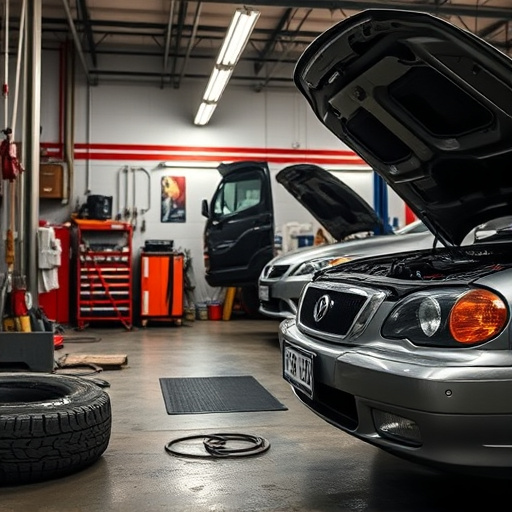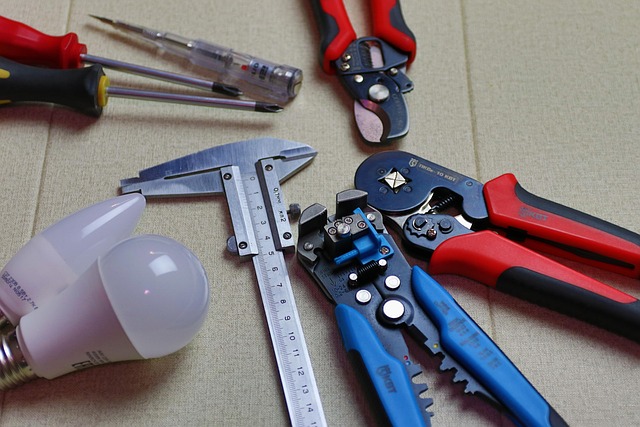Understanding and verifying your insurance repair warranty is crucial for managing vehicle body repair costs. This warranty covers parts and labor for repairing or replacing damaged car components, but exclusions like wear and tear are common. By scrutinizing the scope of coverage, terms, and conditions, you can prevent fraud, misinterpretations, and unexpected out-of-pocket expenses. Effective communication with your insurance provider, including clear information about damages and proposed repairs, ensures transparency and simplifies the repair process for both Mercedes Benz or any auto body repair.
In today’s complex landscape of vehicle repairs, understanding your insurance repair warranty is paramount. This article delves into the intricacies of insurance repair warranties, clarifying what they cover and what’s excluded. We explore the crucial role of verification in preventing fraud and misunderstandings, offering practical tips for effective communication with your insurance provider regarding repairs. By empowering you with knowledge, we aim to ensure a seamless, stress-free process.
- Understanding Insurance Repair Warranty: What It Covers and Exclusions
- The Role of Verification in Preventing Fraud and Misunderstandings
- Tips for Effective Communication with Your Insurance Provider Regarding Repairs
Understanding Insurance Repair Warranty: What It Covers and Exclusions

When it comes to vehicle body repair, understanding your insurance repair warranty is paramount. An insurance repair warranty, often bundled with policies that cover collision or comprehensive damage, provides a safety net for expenses related to repairs. It’s crucial to grasp both what this warranty covers and its limitations, as these vary across providers and policy types.
Common inclusions under an insurance repair warranty include coverage for parts and labor used in repairing or replacing damaged components of your vehicle. This can encompass everything from tire services to collision repair center work. However, certain exclusions are typically applied. These may include wear and tear, pre-existing damage, or alterations made to the vehicle that weren’t approved by the insurance company. Knowing these exclusions beforehand allows policyholders to make informed decisions about repairs, ensuring they’re not left with unexpected costs down the line.
The Role of Verification in Preventing Fraud and Misunderstandings

Verification plays a pivotal role in safeguarding against fraud and ensuring clarity for all parties involved in insurance repair warranties. When details such as scope of coverage, terms, and conditions are meticulously checked and cross-referenced, it acts as a robust defense mechanism against malicious claims or misinterpretations. This process is especially crucial in the auto bodywork sector, where repairs can range from simple fender repairs to intricate body shop services that significantly impact vehicle safety and value.
By verifying repair warranty details, insurers and body shops can establish a transparent relationship with policyholders. This practice prevents fraudulent activities like filing false claims or performing unauthorized repairs, which could lead to misunderstandings and financial losses. It also empowers customers to make informed decisions about their vehicle maintenance, ensuring they receive the services outlined in their insurance policies for their peace of mind and vehicle’s longevity.
Tips for Effective Communication with Your Insurance Provider Regarding Repairs

Effective communication with your insurance provider is key when it comes to managing repair costs and ensuring a smooth process for your mercedes benz repair or any other auto body repair. Here are some tips to help you navigate this crucial aspect:
First, gather all relevant documents before reaching out. This includes your insurance policy details, the repair estimate, and any pre-approval forms. When contacting your provider, be prepared to provide clear information about the damages and the proposed repairs. Explain the extent of the work needed, whether it’s a simple auto body repair or complex parts replacement. Secondly, listen actively during conversations. Clarify any uncertainties regarding coverage, deductibles, and approval processes. Don’t hesitate to ask questions; understanding your rights and obligations is essential. Additionally, keep records of all communications, including emails and notes from agents, to ensure transparency and easy reference later.
Verifying repair warranty details is a crucial step in ensuring you receive the full benefits of your insurance repair warranty. By understanding what’s covered and excluded, effectively communicating with your insurance provider, and staying vigilant against potential fraud or misunderstandings, you can navigate the process seamlessly. This not only protects your financial interests but also ensures your vehicle returns to top condition after repairs. Remember, a well-informed consumer is better equipped to make informed decisions regarding their insurance repair warranty.



